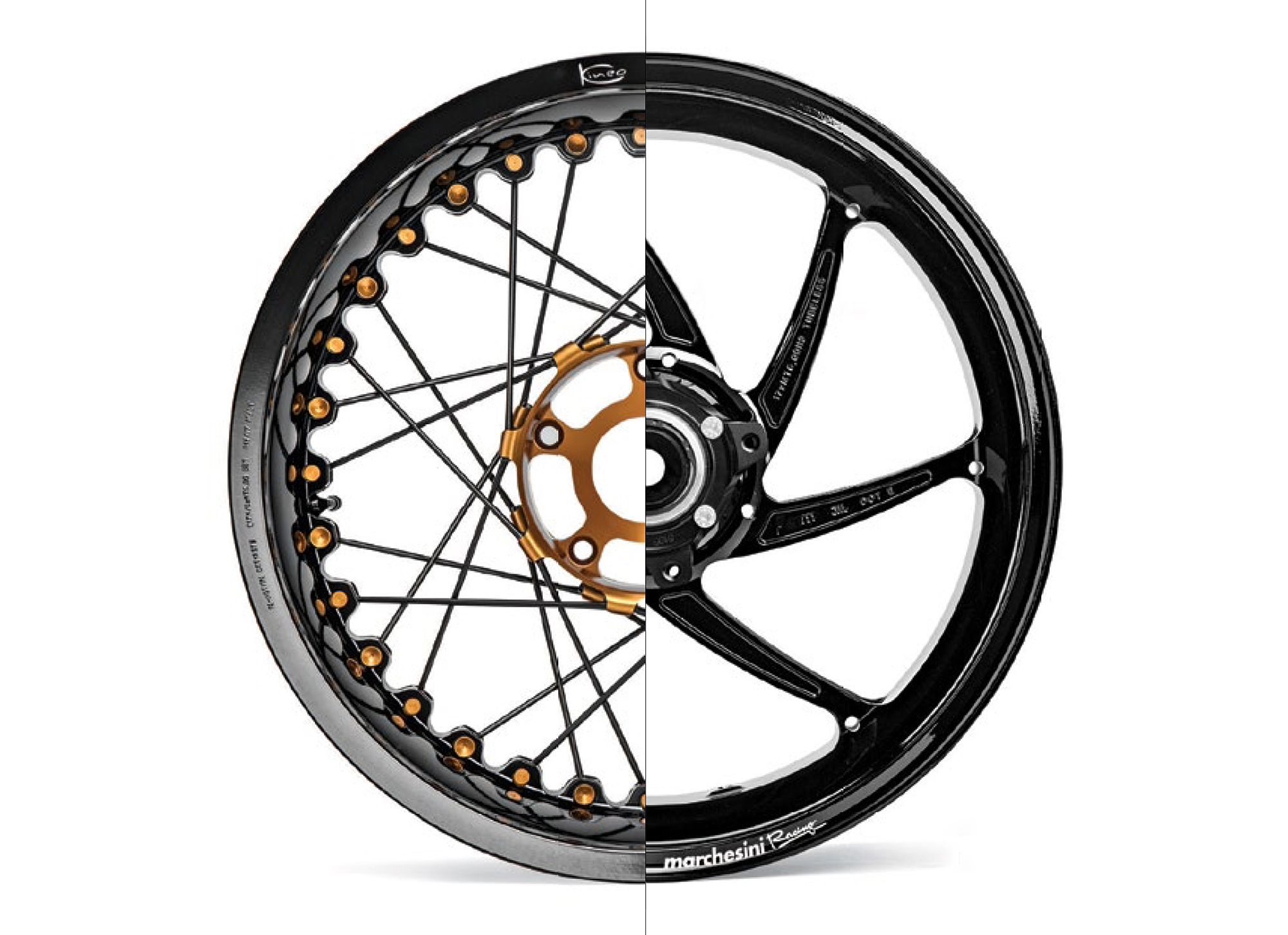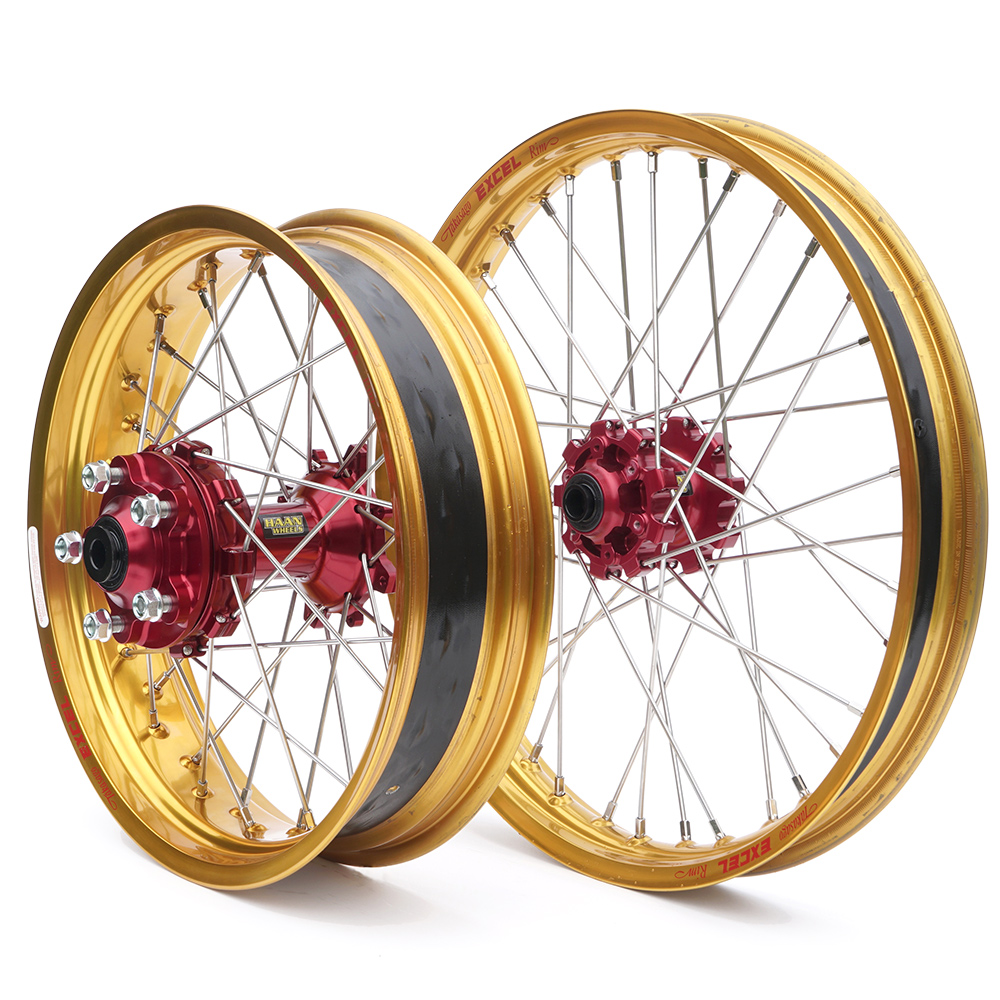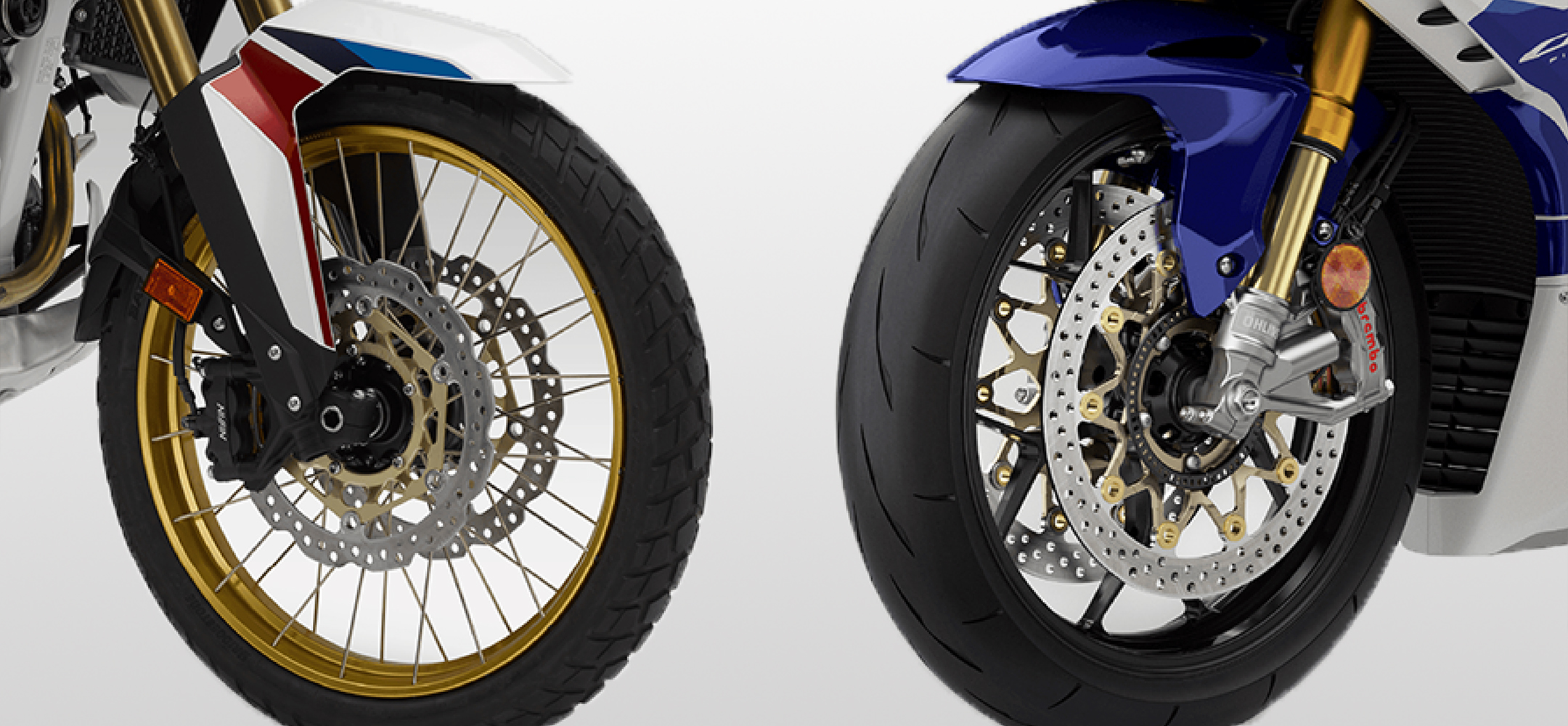Absolutely! Here’s a long article about motorcycle wheels, structured with `
` and `
` headings instead of “ tags, and covering approximately 2800 words.
Motorcycle wheels, often overlooked, are critical components that significantly impact a bike’s performance, handling, and overall safety. From the materials used to the design and technology incorporated, every aspect of a motorcycle wheel plays a crucial role.
Types of Motorcycle Wheels
Motorcycle wheels come in various designs, each catering to specific riding styles and purposes. Understanding these differences is essential for choosing the right wheels for your bike.
Spoked Wheels

Spoked wheels, the classic design, consist of a central hub, a rim, and numerous spokes connecting the two. They are known for their strength and flexibility, making them ideal for off-road and adventure motorcycles.
Advantages of Spoked Wheels
Strength and Durability: Spoked wheels can absorb impacts and flex, making them less prone to damage in rough terrain.
Disadvantages of Spoked Wheels
Tubed Tires: Traditionally, spoked wheels require tubed tires, which are more susceptible to punctures.
Cast Wheels
Cast wheels are made by pouring molten aluminum alloy into a mold. They are commonly found on street bikes and sportbikes due to their rigidity and precise manufacturing.
Advantages of Cast Wheels

Tubeless Tires: Cast wheels are designed for tubeless tires, which offer better puncture resistance and easier repairs.
Disadvantages of Cast Wheels
Less Flexibility: Cast wheels are less flexible than spoked wheels, making them more prone to damage from impacts.
Forged Wheels
Forged wheels are made by compressing a solid billet of aluminum alloy under high pressure. This process results in a stronger and lighter wheel compared to cast wheels.
Advantages of Forged Wheels
Strength and Lightweight: Forged wheels offer the best combination of strength and low weight.
Disadvantages of Forged Wheels

High Cost: Forged wheels are the most expensive type of motorcycle wheels.
Materials Used in Motorcycle Wheels
The materials used in motorcycle wheels play a significant role in their performance and durability.
Aluminum Alloy
Aluminum alloy is the most common material used in motorcycle wheels due to its lightweight and strength properties. Various alloys are used, each with specific characteristics.
Characteristics of Aluminum Alloy
Lightweight: Reduces unsprung weight, improving handling.
Magnesium Alloy
Magnesium alloy is even lighter than aluminum alloy, but it is also more expensive and less durable. It is often used in high-performance racing applications.
Characteristics of Magnesium Alloy
Extremely Lightweight: Offers the lowest possible weight.
Carbon Fiber
Carbon fiber wheels are the lightest and strongest option, but they are also the most expensive. They are primarily used in high-end sportbikes and racing motorcycles.
Characteristics of Carbon Fiber
Ultra-Lightweight: Offers the absolute lowest weight.
Steel
Steel is used primarily in spoked wheels, especially for off-road and adventure bikes, due to its durability and flexibility.
Characteristics of Steel
High Strength: Provides excellent durability and impact resistance.
Wheel Size and Dimensions
The size and dimensions of motorcycle wheels are crucial for proper fitment and performance.
Diameter
The wheel diameter is measured in inches and affects the bike’s handling and tire selection. Common diameters include 17, 18, 19, and 21 inches.
Effects of Wheel Diameter
Larger Diameter: Improves stability and roll-over capability.
Width
The wheel width, also measured in inches, determines the tire width that can be fitted.
Effects of Wheel Width
Wider Width: Accommodates wider tires for increased grip.
Offset
The offset refers to the distance between the wheel’s mounting surface and its centerline. It affects the bike’s handling and stability.
Effects of Wheel Offset
Positive Offset: Moves the wheel inward, affecting handling.
Wheel Technology and Innovations
Advancements in wheel technology have led to significant improvements in performance and safety.
Tubeless Technology
Tubeless tires, used with cast and forged wheels, offer better puncture resistance and easier repairs compared to tubed tires.
Benefits of Tubeless Tires
Improved Puncture Resistance: Sealants can often seal small punctures.
Lightweight Design
Manufacturers are constantly striving to reduce wheel weight to improve performance. This includes using advanced materials and optimized designs.
Benefits of Lightweight Wheels
Improved Acceleration: Reduces rotational inertia.
Dynamic Dampening
Some high-end wheels incorporate dynamic dampening systems to reduce vibrations and improve rider comfort.
Benefits of Dynamic Dampening
Reduced Vibrations: Improves rider comfort.
Maintenance and Care
Proper maintenance is essential for ensuring the longevity and performance of motorcycle wheels.
Cleaning
Regular cleaning helps prevent corrosion and maintain the wheel’s appearance. Use mild soap and water, and avoid harsh chemicals.
Inspection
Regularly inspect wheels for damage, such as cracks, dents, or bent spokes. Check spoke tension on spoked wheels.
Balancing
Wheel balancing ensures smooth and vibration-free riding. Imbalances can cause tire wear and handling issues.
Bearing Maintenance
Wheel bearings should be inspected and lubricated regularly to ensure smooth rotation.
Choosing the Right Wheels
Selecting the right motorcycle wheels depends on your riding style, bike type, and budget.
Riding Style
Off-Road: Spoked wheels offer the best durability and flexibility.
Bike Type
Adventure Bikes: Spoked wheels are preferred for off-road capabilities.
Budget
Entry-Level: Cast wheels offer a good balance of performance and affordability.
By understanding the different types, materials, and technologies associated with motorcycle wheels, riders can make informed decisions to enhance their riding experience and ensure safety.
